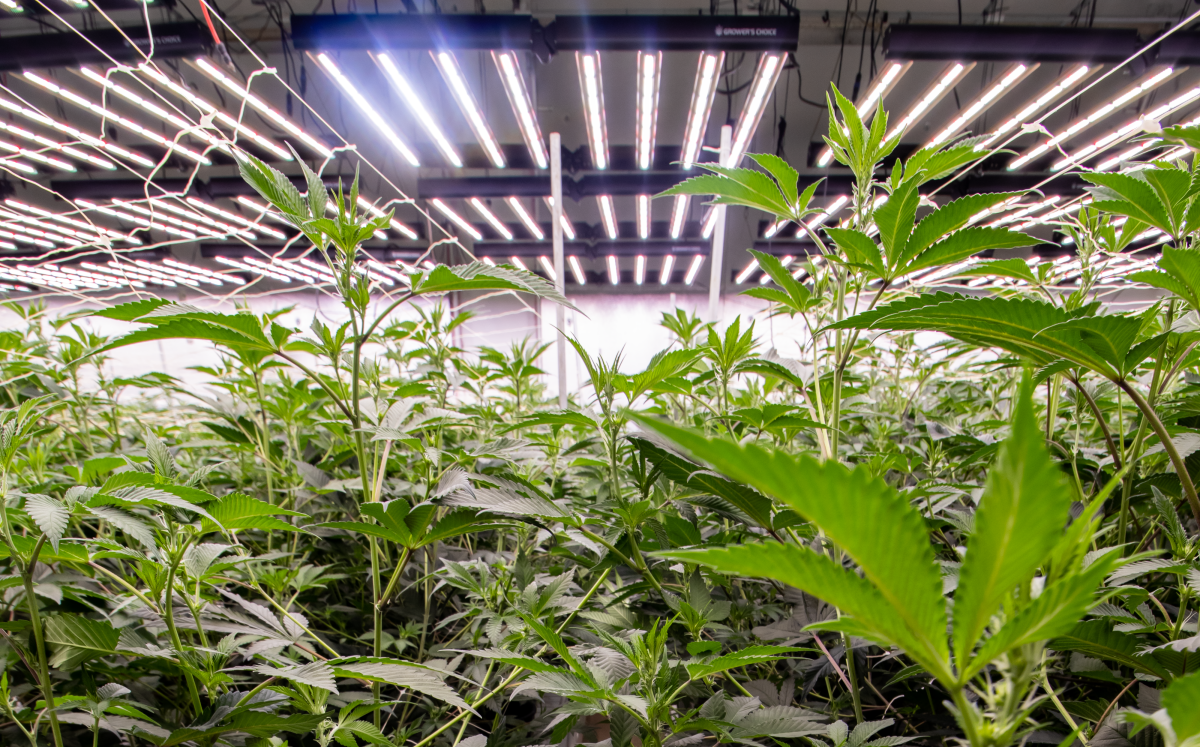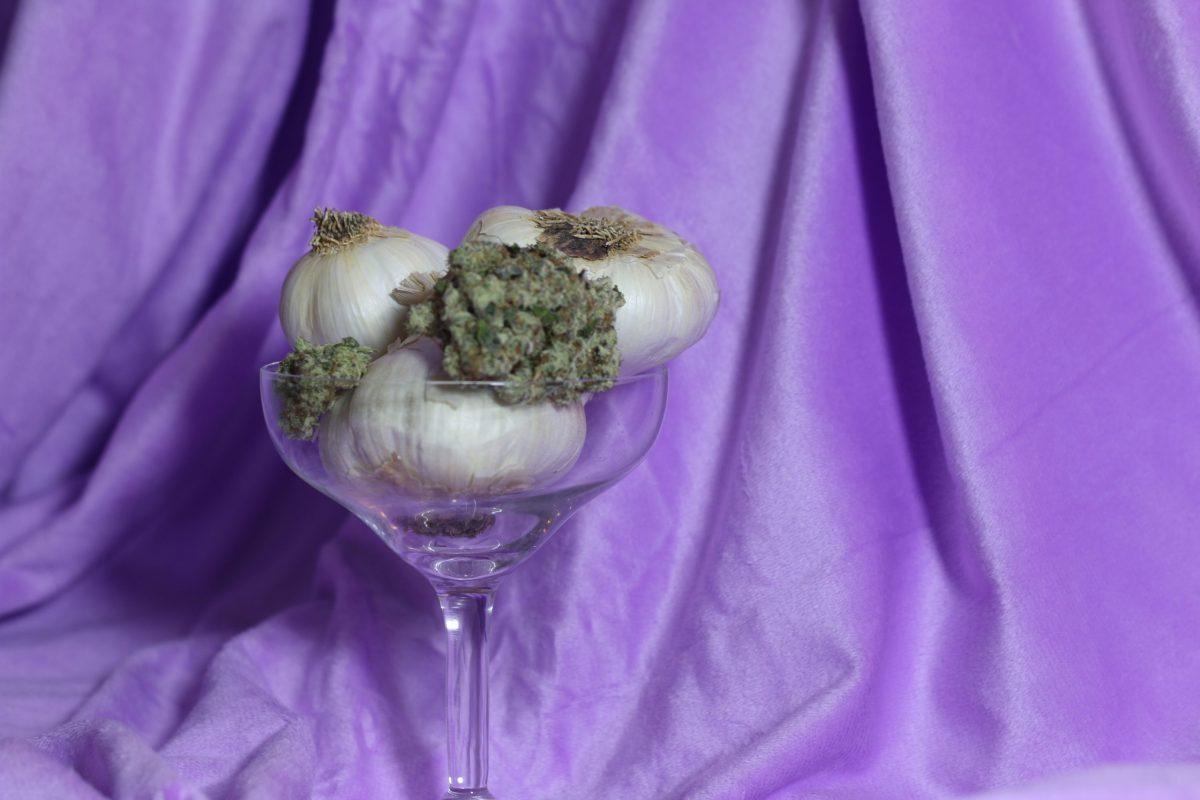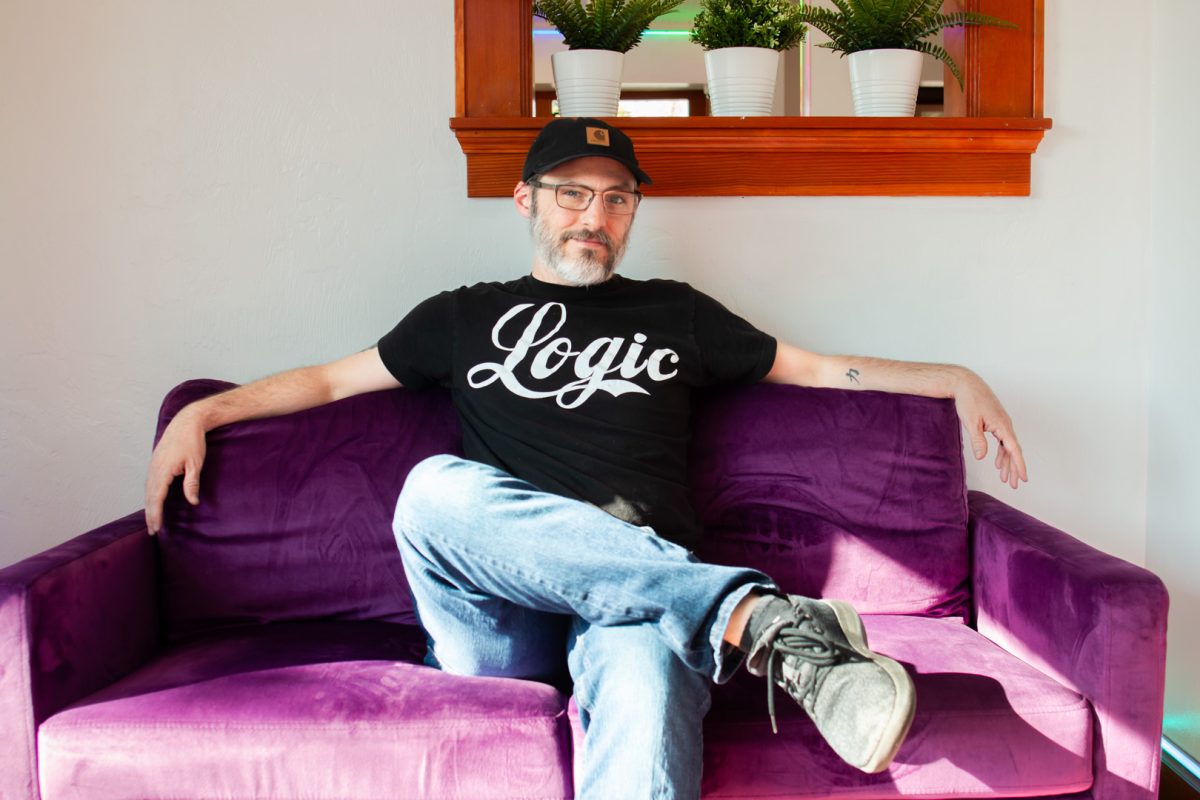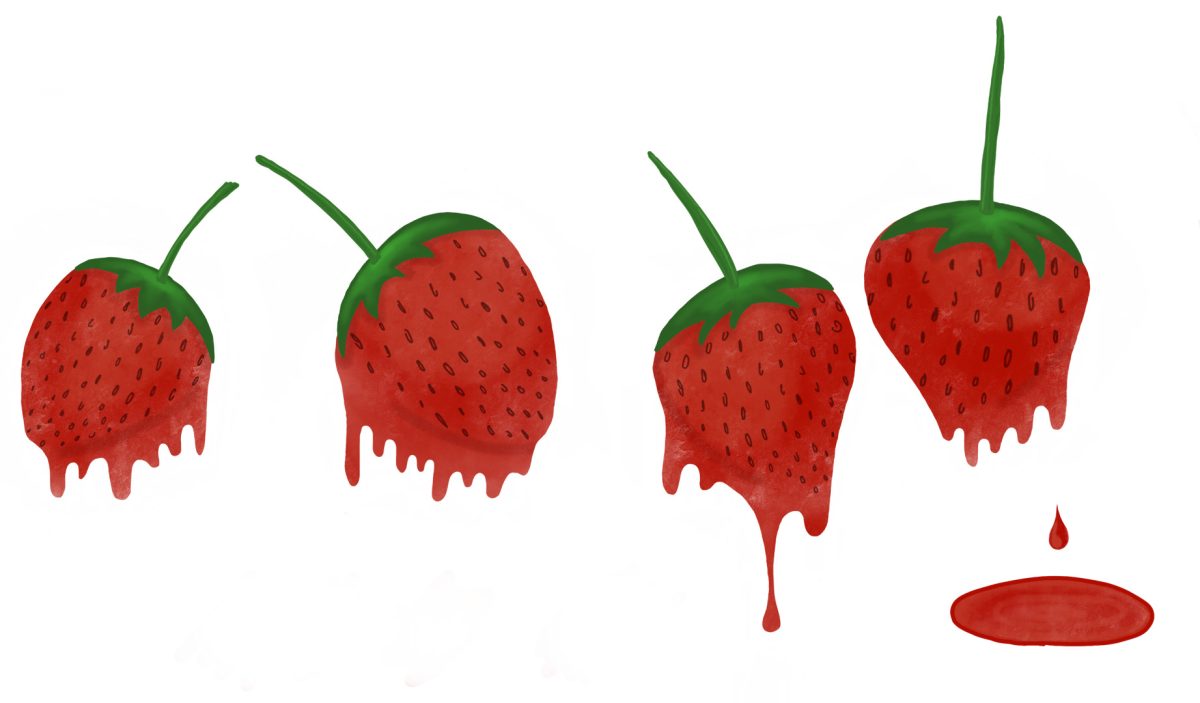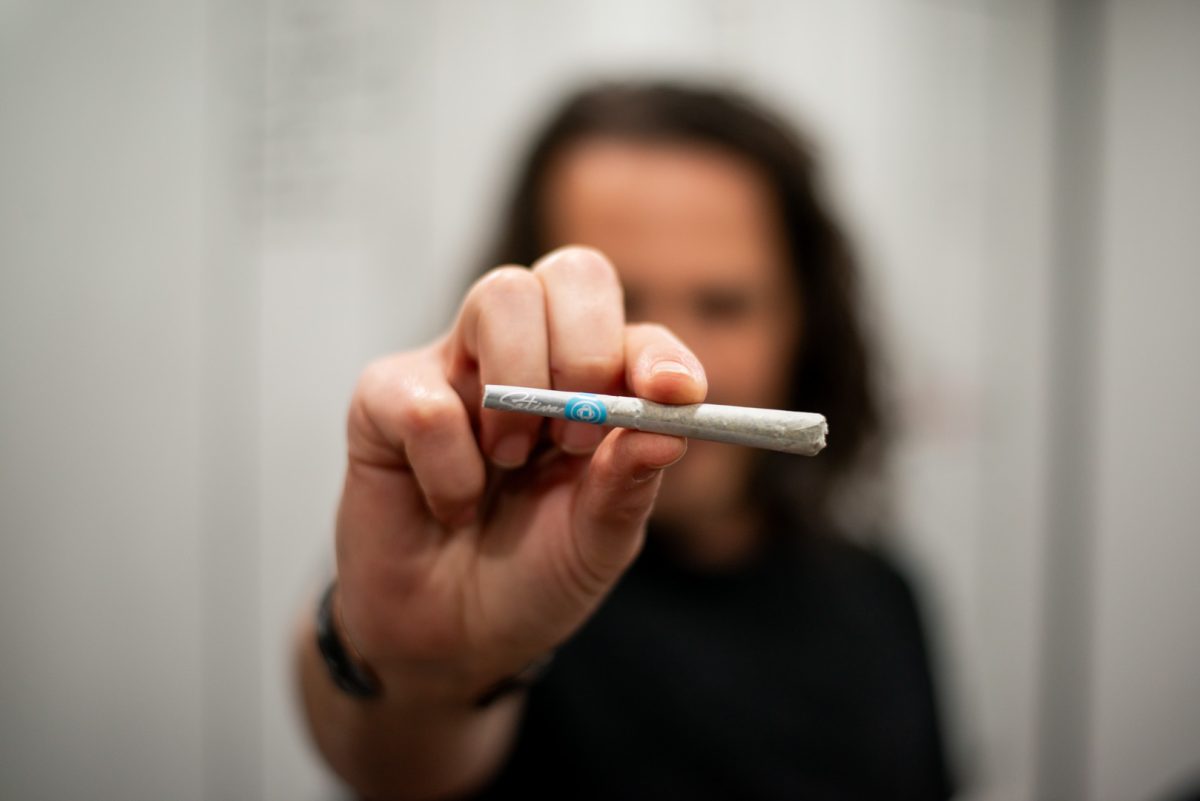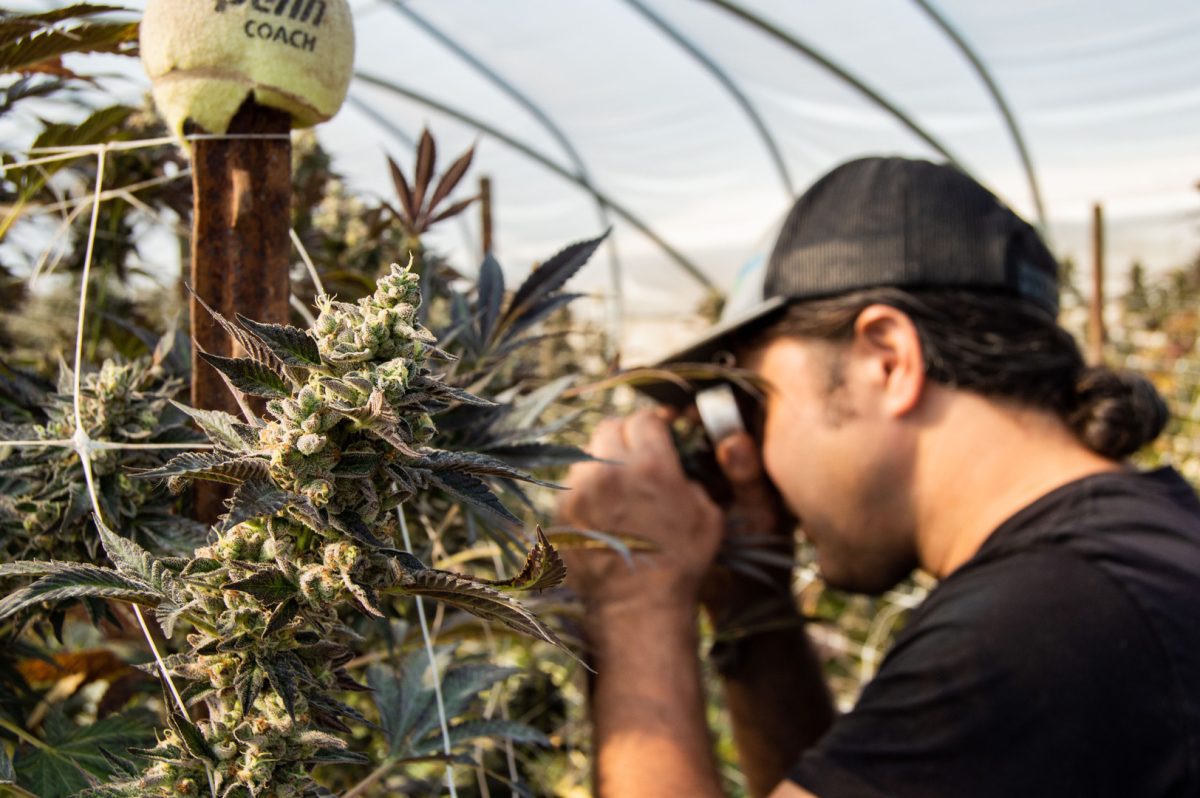The concept of “organic” can be as divisive as it is intriguing. While some swear by the virtues of organic products, others see it as nothing more than “greenwashing.” But what about when it comes to cannabis? What does it mean for cannabis to be labeled “organic”? Is it a genuine benefit for consumers, or just another marketing ploy to appear environmentally conscious?
I spoke with Chris Van Hook, co-founder of Clean Green Certified, a leading cannabis organic certification company, to get some answers about what the certification is and how it benefits producers, processors and customers of cannabis products. Van Hook earned a bachelor’s degree in environmental studies and worked in agriculture and mariculture for many years before getting his law degree. After law school, he was recommended to look into the newly emerging United States Department of Agriculture (USDA) organic program. While working with the USDA, he got a call from a cannabis company. They asked if their crop could be certified organic since “California said yes but the USDA said no because it was not a federally recognized agricultural crop,” according to Van Hook. He recognized this gap in the field, so in 2004, he developed an organic certification for cannabis modeled closely on USDA organic certification standards.
The certification process, reminiscent of the USDA’s rigorous standards, begins with an online application, followed by detailed forms. Questions revolve around topics such as chemical usage, packaging sources, and erosion prevention. After this initial stage, a representative visits the farms to collect soil samples. These samples are then sent to a federally accredited agricultural lab for testing.
“We use the same federally accredited agricultural lab that the USDA uses for all of our organic testing,” Van Hook said. “That’s why we are restricted to soil samples.”
While they can’t directly test cannabis samples, analyzing the soil indirectly detects any pesticides that may have made their way into the plants. Once companies gain certification, they have an annual inspection and pay an annual fee. The fee goes to operating expenses, website maintenance, labor costs and lab testing.
Van Hook emphasized, “There’s not a lot of profit margin at the end of it.”
However, many people have asked if this fee favors big businesses over small cannabis farms. To Van Hook, this certification was “built for small farms.” By getting certified, these farms receive support and the benefits of being able to post the Clean Green Certified logo on their products and websites.
This raises the question of what the benefit is of having the certification for farms and consumers of Clean Green Certified products. Van Hook said having the certification reduces a company’s liability, allowing them to prove the absence of harmful pesticides in their products should any health-related claims arise. This is especially crucial for smaller companies without the same legal resources as larger ones. Moreover, the certification helps with brand recognition.
“Most of us will pick Sunkist Lemon versus an unknown lemon or a Diamond almond versus an unknown almond, and I’m not sure why,” Van Hook said. “That’s what we’re trying to do… We’re not allowed to call it ‘organic cannabis’, but we’re at least allowed to say that it was grown or managed organically. It really goes a long way to support known farmers that are trying to stay in the farming industry.”
This benefits both consumers and certified producers with the seal by allowing consumers to go to the website to see if a farm they see is current. “Then they know that cannabis has been tracked from the retail package all the way back to cedar cutting,” allowing for peace of mind when buying their products, said Van Hook.
Besides the “organic” certification, Clean Green has started to offer other certifications as well. The first of which is the vegan program, which follows the accepted vegan protocol.
“The obvious is no bone meal. No blood meal, no feathered meal,” he said. Less obviously, they also check the soil for “manure and chicken litter.”
The company also recently introduced a regenerative program that requires companies to be “organically managed, but they have to go over and above for habitat protection” with locally sourced soil. These two newer programs aim to help farmers prove that the efforts they’ve made to be sustainable or environmentally conscious through the well-recognized Clean Green name. Van Hook stressed that the company is “always changing and adapting” to fit modern standards and adopt better practices.
“The program will continually be relevant to our members and help [the consumer] know about sustainably oriented farms and processors exist in an ever increasingly more difficult industry,” Van Hook said. “Consumers can look for that logo and help support with their consumer dollars the farmers that are doing the right thing.”
Van Hook’s perspective underscores the broader implications of consumer choices. When you make a purchase, you are not solely purchasing a product; you are also indirectly endorsing the farmers and practices that contribute to the cannabis community. As you navigate the diverse array of cannabis products, it is worthwhile to contemplate the influence your purchasing decisions carry, both in terms of the product itself and the broader environmental impact. If the values of sustainability and organic cultivation align with your preferences, you may wish to explore Clean Green Certified products as an option.

